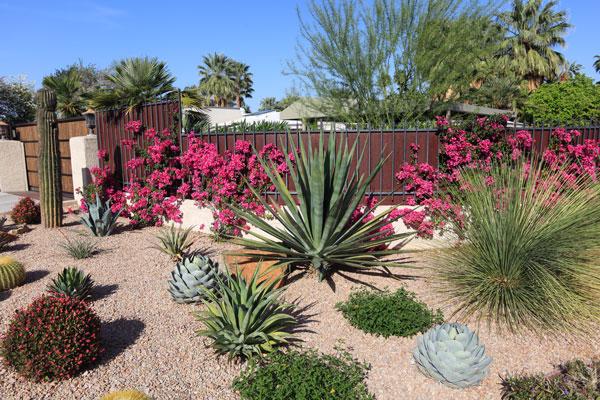Note: The content of this post is from answers to questions posed on Quora, written by Dylan Duverge. For the originally published content, Click Here.
Many of the methods described in other Quora answers focus on improving supply, which is critical! But in severely stressed aquifers, it’s necessary to simultaneously increase supply while also decreasing demand (i.e., pumping) as much as feasible. In water crises, rural people and the poor are usually the first to feel the pain, so we cannot reasonably ask them to conserve when they have to go miles for water, and have to choose between taking a shower or having enough to drink. However, the industrial and commercial sector and big agriculture must reduce their pumping and forego some profit to improve the groundwater level!
- Irrigation efficiency improvements. Irrigation efficiency is a scientific metric that measures the ratio between the plant water need and the total amount of water applied. The closer to 1, the better. This is all about maximizing the amount of applied water that goes to the crop, and minimizing the amount of field runoff and evaporation. Farmers here in California have started to utilize real-time weather data, the latest science on plant water requirements, and special irrigation technologies to manage the timing, amount and location of applied water. Some common techniques to increase irrigation efficiency include utilizing drip irrigation systems, burying certain irrigation systems in trenches, managing irrigation schedules according to real-time weather data, and watering when the sun isn’t out (which causes evaporation).
- Closed loop water systems and dry cooling systems. Any industrial or commercial business that uses water to cool their processes or buildings should be required to implement a closed loop system, whereby water is recycled and recirculated, instead of being discharged to a river, ocean or estuary. Dry cooling, whereby air is used to cool the steam exiting a turbine instead of water, is optimal but also very expensive and less efficient.
- Water demand reduction. There are huge opportunities to reduce water demand from commercial and industrial facilities, and from big cities. One of the biggest is to eliminate the use of ornamental landscaping, which requires a lot of water. Grass fields can be replaced with artificial turf, low water and drought-tolerant landscape can be implemented. Buildings and factories can install grey- and black-water treatment systems (sewage), so that the sewage can be recycled for non-potable use (i.e., any use that isn’t drinking or sanitary purposes). All these are distributed rather than centralized means of conserving water, and though they may have little effect individually, will cumulatively result in significant reductions in groundwater pumping.
Also, to better capture floods, besides the methods stated below, California has been looking into intentionally diverting flood waters onto farmland that either a) is seasonally inactive, or b) can tolerate intermittent flooding. This allows flood flows to be distributed across the landscape and infiltrate into the ground rather than flow out to the ocean. An unfortunate side effect of rapid urbanization is that historically, engineers have prioritized conveying flood flows, as fast as possible, out of the landscape. This occurs through channelizing and hardening waterways, and the side effect of this has been to reduce groundwater recharge.
An “all of the above” approach is required to address water crises, so the methods suggested in this answer, in addition to all of the other answers to this question, is needed. For these things to actually happen, a cultural shift needs to take place, and governmental corruption needs to be eliminated. When wasteful use of water generates profit, the rich and powerful have an enormous incentive to rebuke or dismiss any and all of the suggestions here.


